Royal Antique is proud to present this exceptionally beautiful and historically significant French Empire mantel clock, meticulously crafted in gilt bronze and richly veined black marble. This timepiece stands as a testament to the era's sophisticated blend of classical artistry and masterful craftsmanship, signed by one of the period's most illustrious bronziers, "Galle, Rue Vivienne in Paris".
Distinguishing Features and Classical Allegory:
Figural Masterpiece: Atop the rectangular marble base, a beautifully adorned figure represents a lady in classical Greek dress, gracefully holding a lyre. The lyre, a timeless symbol of wisdom, moderation, and sacred to Apollo, the god of arts, lends profound artistic and intellectual gravitas to the composition. The exquisite detailing of her hair, drapery, and the finely executed reliefs demonstrate the creator's unparalleled mastery of their craft.
Luxurious Materials and Bronzework: The clock is anchored on a substantial rectangular base of black marble, supported by four elegantly sculpted gilt bronze legs in the distinctive shape of a lion's paw, a hallmark of Empire design. The front of the base is richly decorated with classic Empire ornaments, including a central medallion featuring a lion's head surrounded by scrolling foliate motifs and laurel wreaths, symbols of honor and victory. The sides are further adorned with finely cast torch motifs intertwined with floral patterns.
Precision Dial: The pristine white enamel dial is clearly signed "Galle, Rue Vivienne in Paris". It features crisp Roman numerals for the hours and Arabic numerals for the minutes, ensuring both elegance and legibility.
The Legacy of Claude Galle:
This clock is a direct product of the celebrated workshop of Claude Galle (1759-1835). Rising from humble origins, Galle became one of the most important bronze casters and gilders of the late 18th and early 19th centuries. By 1784, his exceptional talent led to immense success, producing magnificent gilt bronze objects, including stands for furniture and clocks, for royal residences such as Fontainebleau, Versailles, Saint-Cloud, and Compiègne. Post-Revolution, Galle continued to thrive under Napoleon Bonaparte, securing significant commissions, including a substantial order exceeding 65,000 francs for the Château de Saint-Cloud. Despite his artistic triumphs, financial difficulties due to slow-paying clients led to his eventual decline and the closure of his shop, and he passed away in poverty. Today, Galle's works are highly coveted and can be found in the world's most distinguished collections, including the Musée National du Château de Malmaison, the Musée Marmottan in Paris, the Museo de Relojes in Jerez de la Frontera, the Residenz Munich, and the Victoria and Albert Museum in London.
Overall Impression:
This clock is not merely a timepiece but a unique fusion of true creative artistry with conventional, classic figural aesthetics. It stands as a valuable testament to the mastery of Claude Galle and the opulence of the Empire period, making it an exceptional acquisition for any connoisseur of fine French horology and decorative arts.


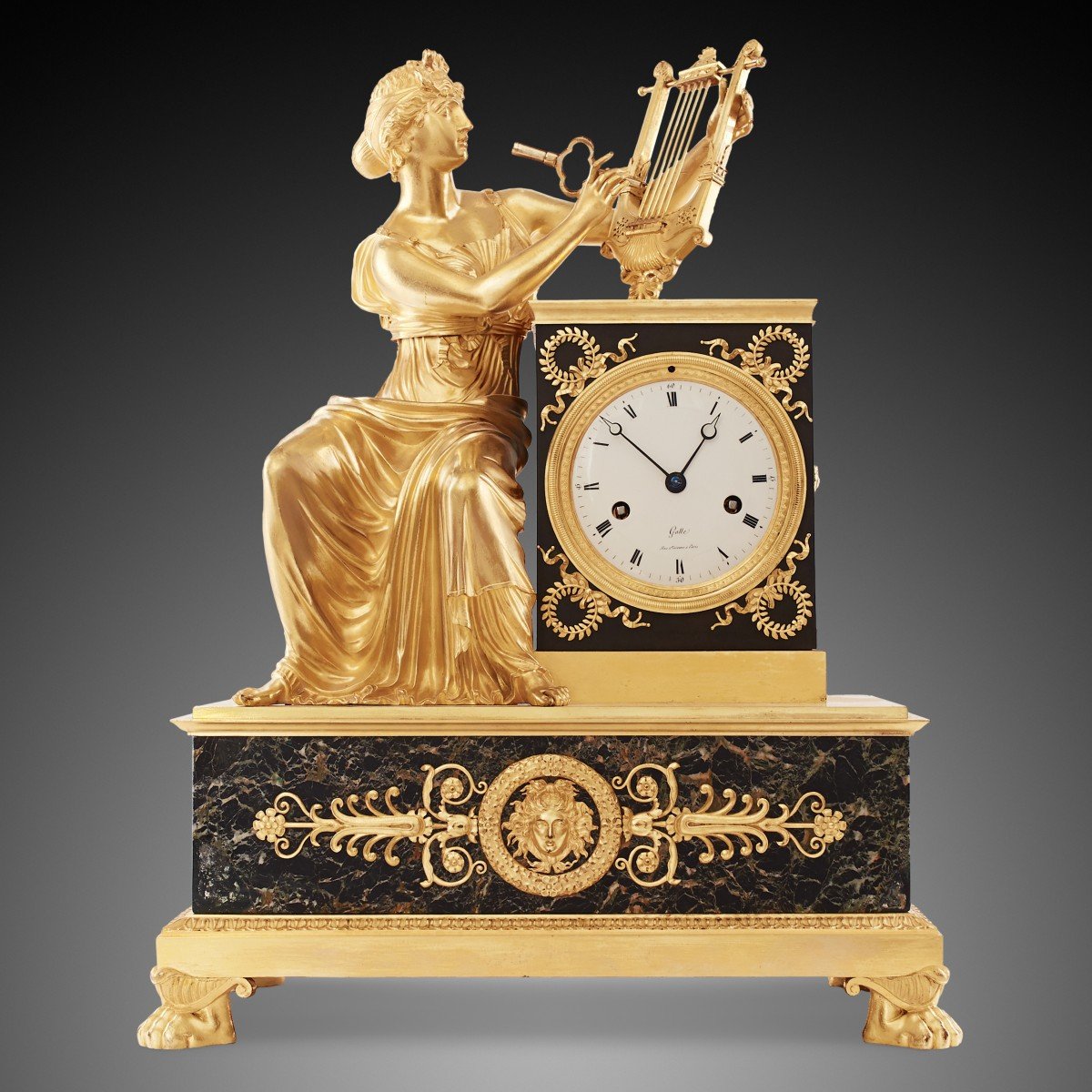
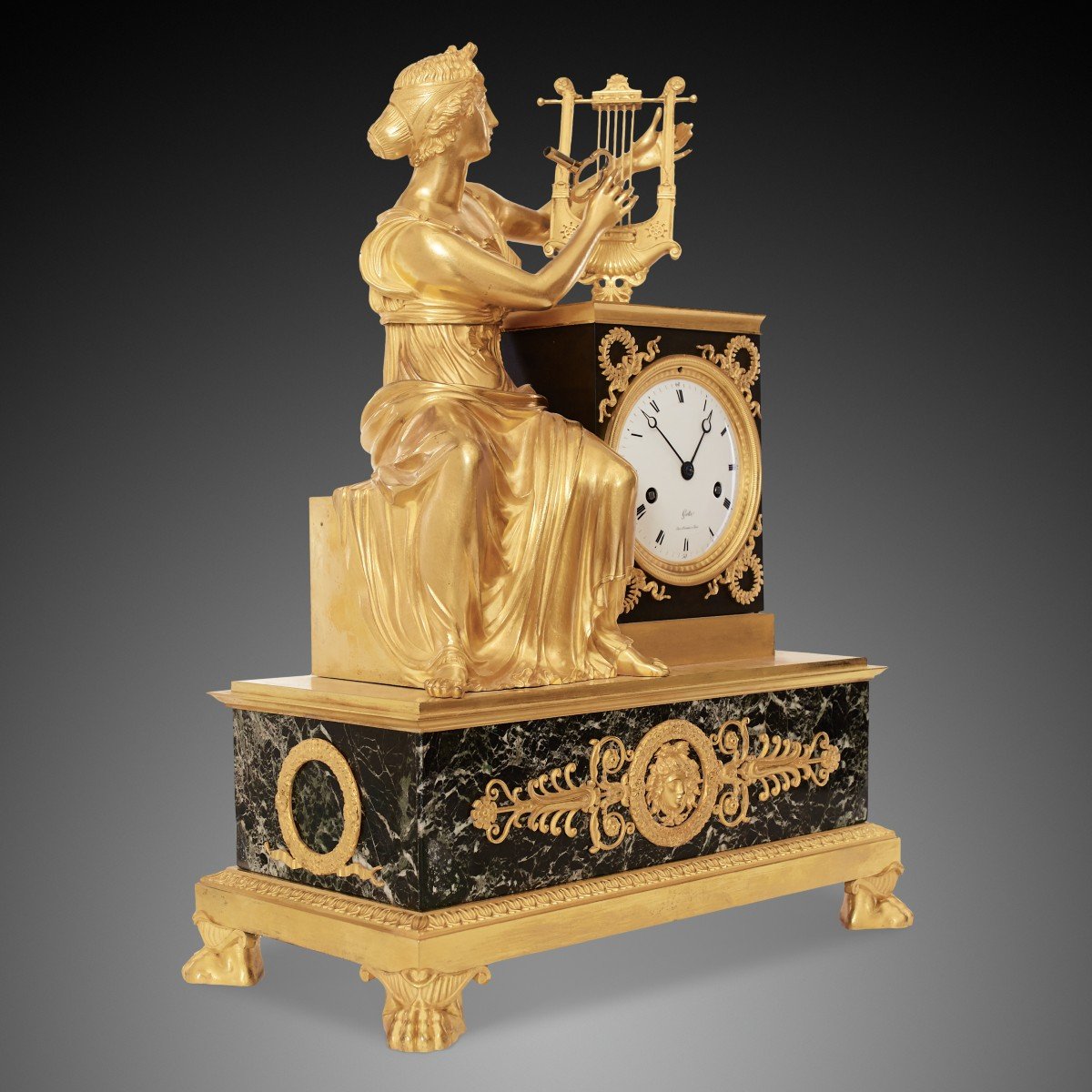

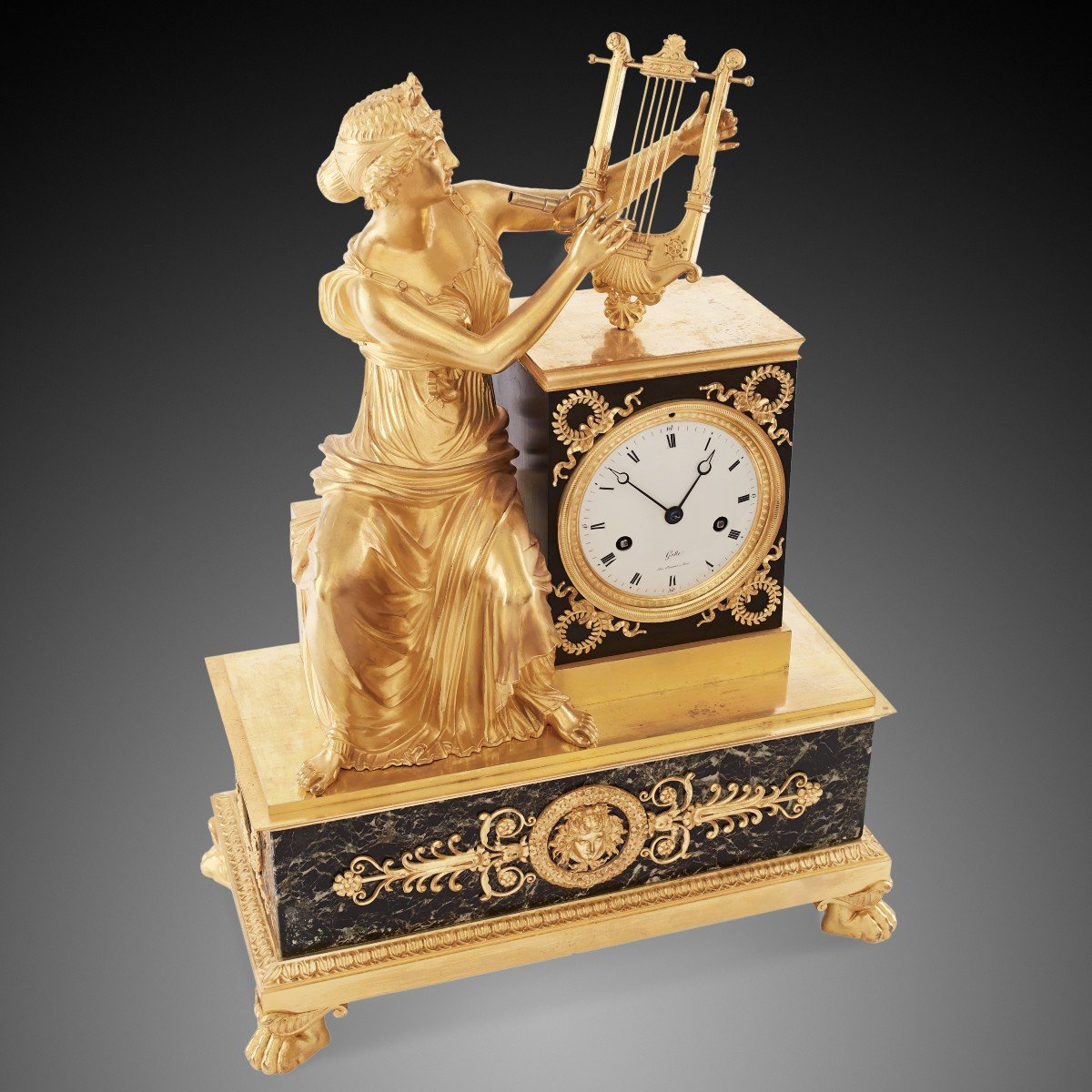






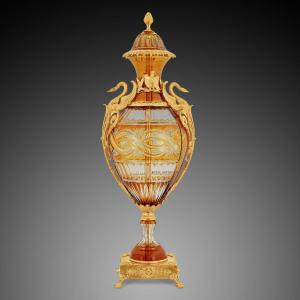

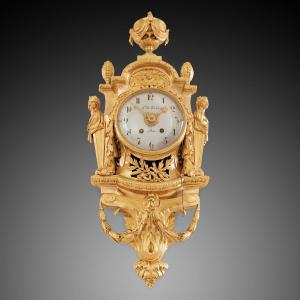
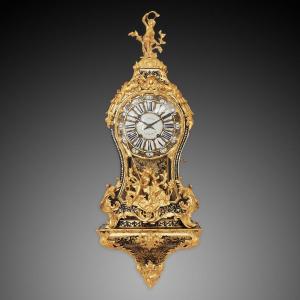
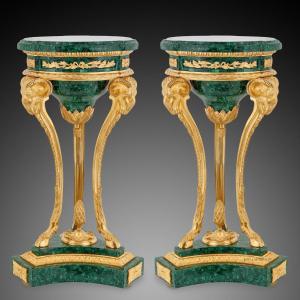
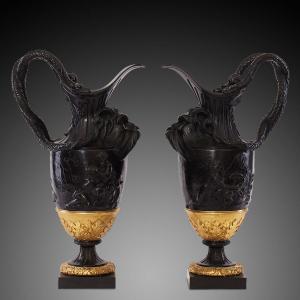

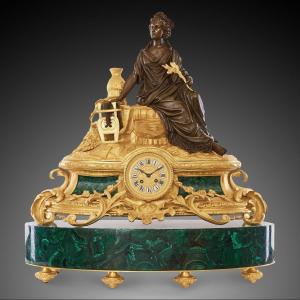




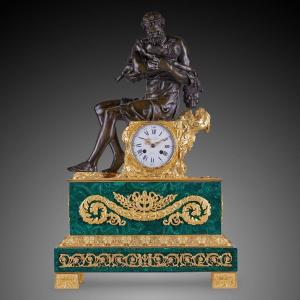




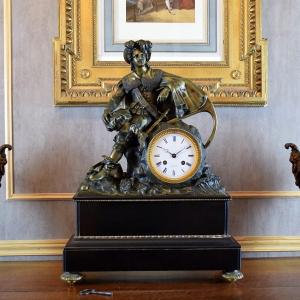




 Le Magazine de PROANTIC
Le Magazine de PROANTIC TRÉSORS Magazine
TRÉSORS Magazine Rivista Artiquariato
Rivista Artiquariato